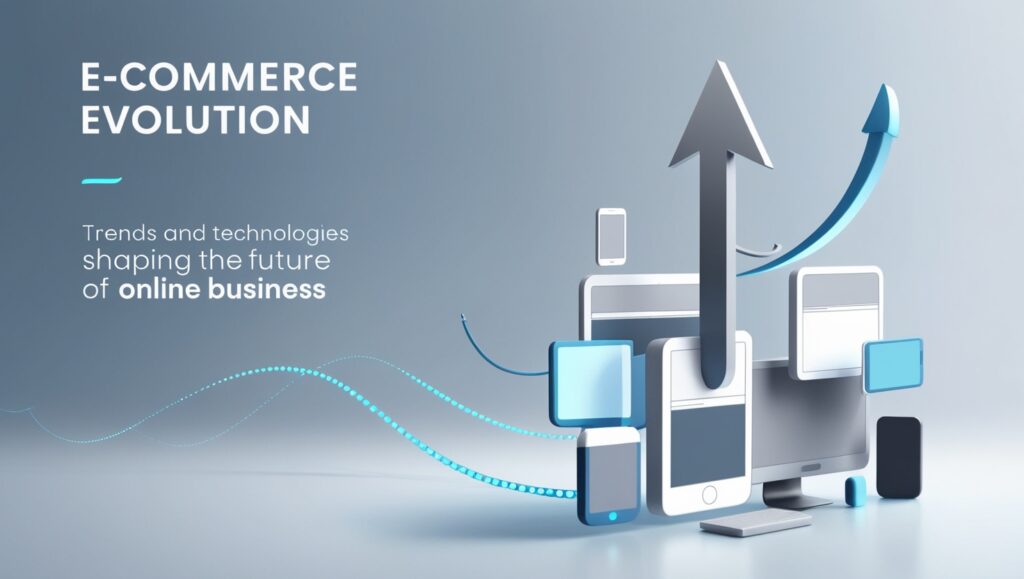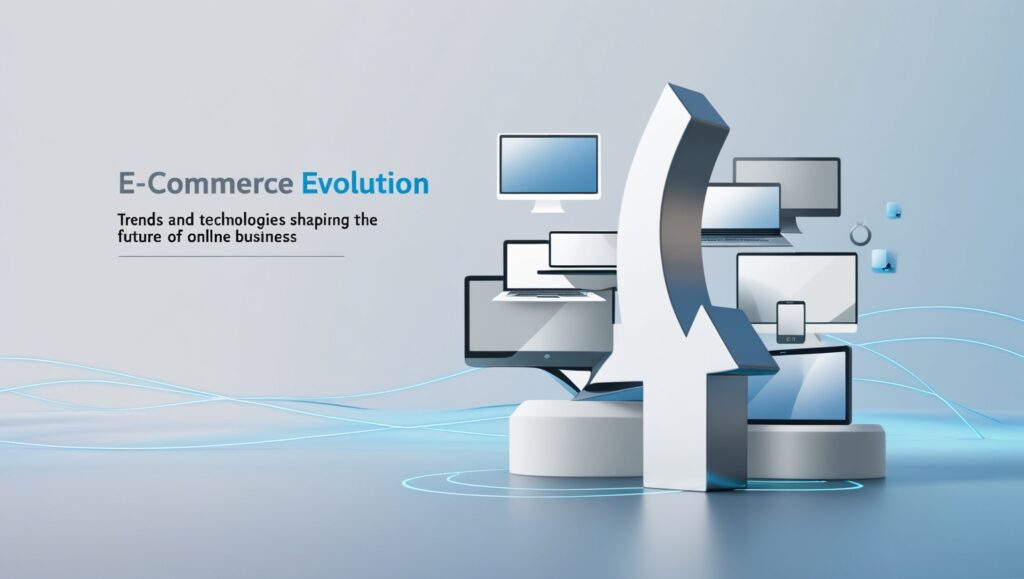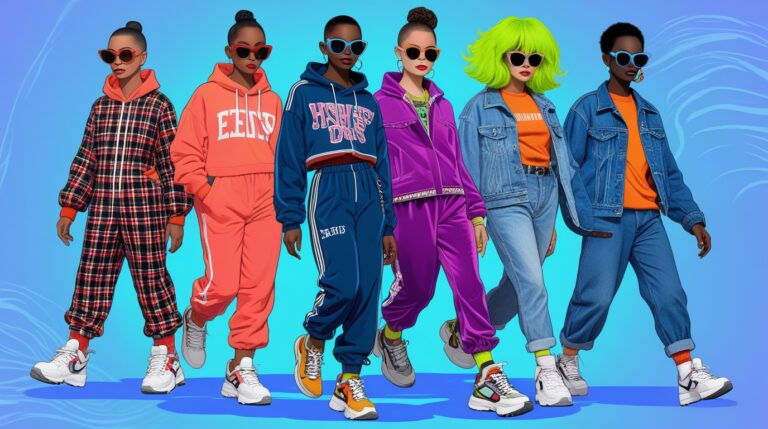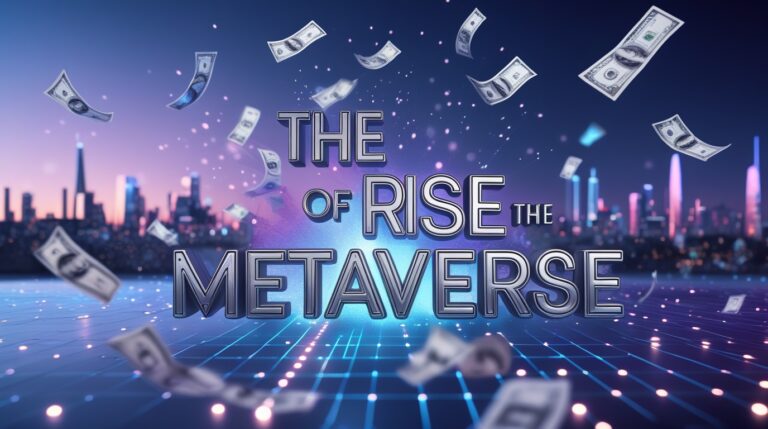E-Commerce Evolution: Trends and Technologies Shaping the Future of Online Business
The world of e-commerce has transformed rapidly over the past decade, evolving from a convenient shopping alternative to a thriving global industry. With advancements in technology, shifting consumer behaviors, and an increasingly competitive market, businesses must stay ahead of emerging trends to succeed. This article explores the latest developments and technologies shaping the future of online business.
The Rise of E-Commerce: A Quick Overview
E-commerce has grown exponentially, especially in the wake of the COVID-19 pandemic, which accelerated digital adoption. By 2024, global e-commerce sales are projected to reach over $6 trillion, reflecting its vital role in the modern economy.
Key Trends Shaping the Future of E-Commerce
1. Personalization and AI-Driven Insights
- What It Is: AI and machine learning analyze customer data to deliver personalized shopping experiences.
- Examples:
- Product recommendations based on browsing history (e.g., Amazon’s “Customers Who Bought This Also Bought”).
- Dynamic pricing tailored to individual buying patterns.
- Impact: Increases customer satisfaction, loyalty, and conversion rates.
2. Mobile Commerce (M-Commerce)
- What It Is: The growing dominance of smartphones in online shopping.
- Examples:
- Apps with one-click checkout options.
- Mobile-first platforms like Instagram Shopping.
- Impact: M-commerce is expected to account for over 72% of e-commerce sales by 2024, making mobile optimization essential.
3. Voice Commerce
- What It Is: The use of voice assistants like Amazon Alexa or Google Assistant to shop online.
- Examples:
- Voice-enabled product searches and orders.
- Integration with smart home devices for seamless shopping.
- Impact: Streamlines shopping, especially for repeat purchases, and appeals to tech-savvy consumers.
4. Social Commerce
- What It Is: Shopping directly through social media platforms.
- Examples:
- Facebook Marketplace and Instagram Checkout.
- TikTok’s “Shop Now” feature.
- Impact: Combines entertainment with e-commerce, making shopping more engaging and accessible.
5. Sustainability in E-Commerce
- What It Is: Rising demand for eco-friendly products and practices.
- Examples:
- Brands offering carbon-neutral shipping.
- Sustainable packaging and products made from recycled materials.
- Impact: Attracts environmentally conscious consumers and enhances brand reputation.
6. Augmented Reality (AR) and Virtual Reality (VR)
- What It Is: Technologies that enhance online shopping by allowing customers to visualize products in their environment.
- Examples:
- IKEA’s AR app for placing virtual furniture in a room.
- Virtual try-ons for clothing and accessories.
- Impact: Reduces returns and boosts consumer confidence in online purchases.
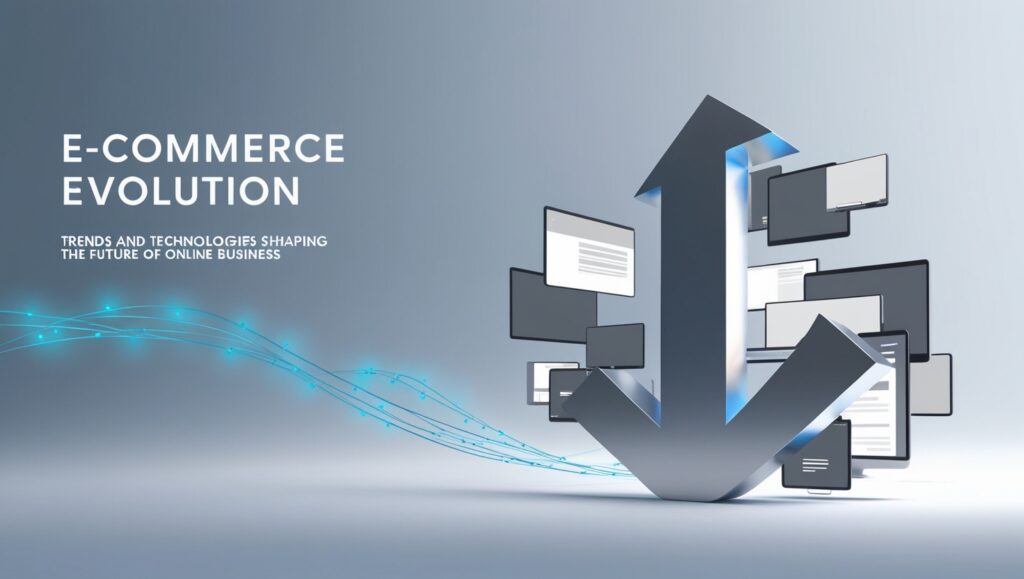
Emerging Technologies in E-Commerce
1. Blockchain for Transparent Transactions
- Enables secure payments and enhances supply chain transparency.
- Cryptocurrencies are being integrated into online stores, appealing to tech-savvy shoppers.
2. Chatbots and Virtual Assistants
- AI-powered chatbots provide instant customer support, reducing the need for human intervention.
- Virtual assistants help guide customers through the purchasing journey.
3. Internet of Things (IoT)
- Smart devices enable automated reordering of products (e.g., Amazon Dash Buttons).
- IoT integration streamlines inventory management and logistics.
4. 5G Connectivity
- Faster mobile networks enhance the e-commerce experience with quicker load times and improved video content delivery.
- Enables real-time AR and VR applications for mobile shopping.
Challenges and Opportunities
Challenges
- Cybersecurity Risks: Increasing online transactions expose businesses to data breaches.
- Competition: The barrier to entry is low, leading to market saturation.
- Logistics: Meeting consumer expectations for fast and free shipping can strain resources.
Opportunities
- Global Reach: E-commerce allows even small businesses to tap into international markets.
- Subscription Models: Services like Amazon Prime and Dollar Shave Club create recurring revenue streams.
- Customer Insights: Data analytics provide deeper understanding of consumer behavior.
Future Predictions for E-Commerce
- Hyper-Personalization: AI and big data will make shopping experiences even more tailored to individual preferences.
- The Metaverse: Virtual stores in the metaverse will offer immersive shopping experiences, bridging the gap between physical and digital retail.
- Green Commerce: Sustainability will shift from being a trend to a necessity as consumer demand grows.
- Decentralized Marketplaces: Blockchain technology will drive peer-to-peer e-commerce platforms with enhanced security and transparency.
Final Thoughts
The e-commerce industry is constantly evolving, driven by technological advancements and changing consumer needs. Businesses that embrace these trends and leverage emerging technologies will be well-positioned to thrive in the competitive online marketplace.
The future of e-commerce lies in innovation, personalization, and sustainability—qualities that will define successful online businesses in the years to come.
